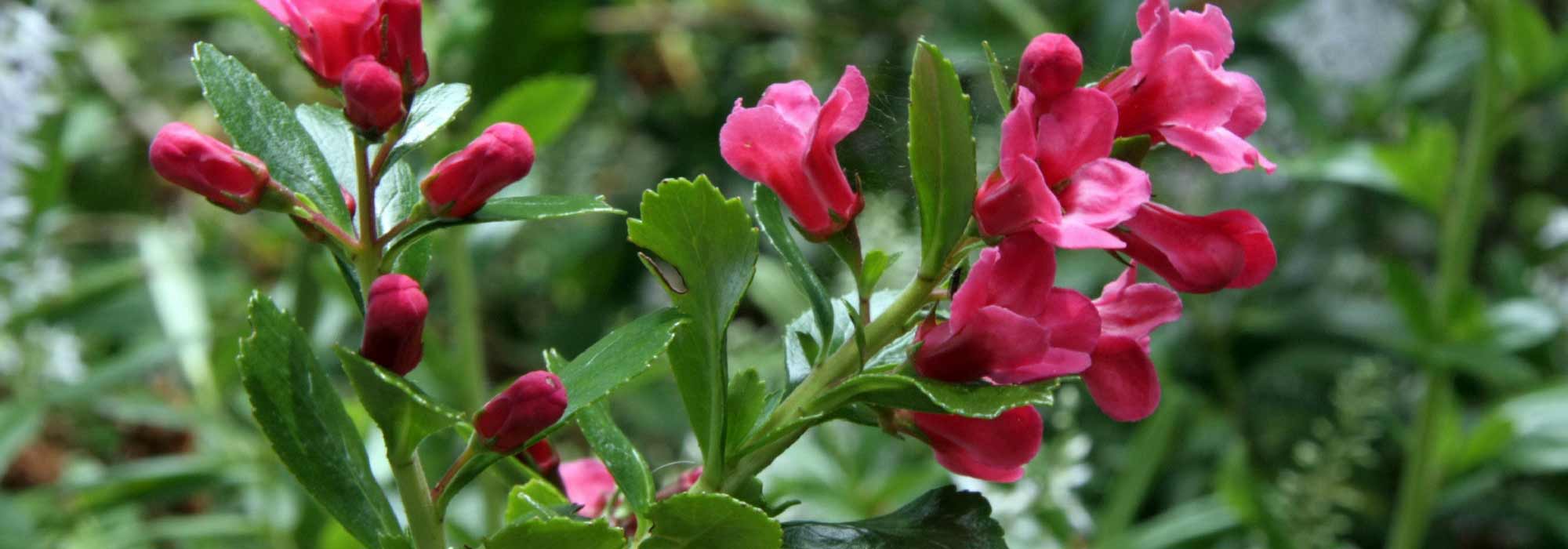
Growing an Escallonia in a pot
on the balcony or terrace
Contents
Escallonia, with its evergreen foliage of glossy green and its abundant white or pink flowering, brightens up the garden and terrace throughout the summer. This shrub, well-known to Bretons and the English, is commonly used in seaside hedges. Low-maintenance but frost-sensitive, it can be grown in pots outside of regions with a mild coastal climate and stored away in winter. The compact varieties of escallonia are ideal for pot cultivation on a terrace or balcony. Discover everything you need to know to successfully grow escallonia in pots.
When to plant an escallonia in a pot?
For a gentle hardening, Escallonia is planted in pots in spring, from March to June, avoiding cold spells and extreme heat.
Read also
Potted plants: what is top-dressing?What type of pot to choose?
To ensure your escallonia feels at home, choose a pot of at least 30 litres, equivalent to 30 to 40 cm in diameter. You can switch to a larger pot as it grows. Since escallonia does not like stagnant moisture, a pot with built-in drainage is essential. If you are in a region with a warm or mild climate, without winter frosts below -2 °C, you can use a terracotta or glazed pot. Outside of these mild areas, you will need to winter your pot, so choose a pot that you can move easily. A resin pot will be lighter than a clay pot, but ultimately, it’s a matter of taste.
Discover other Escallonias
View all →Available in 0 sizes
Available in 1 sizes
Available in 2 sizes
Available in 1 sizes
Available in 2 sizes
Available in 1 sizes
Available in 3 sizes
Available in 1 sizes
Available in 1 sizes
Available in 1 sizes
What type of substrate to choose?
Low-maintenance, the escallonia prefers a fresh, well-drained substrate. Place a layer of gravel or clay balls at the bottom of your pot to prevent excess moisture. Then add a mix of shrub compost and 2 good shovelfuls of well-matured compost. Once your escallonia is planted, mulch the base to keep the substrate fresh and prevent it from drying out too quickly. For this, you can use bark, pine needles, or simply a layer of fallen leaves.
Which exposure to choose?
Although it tolerates partial shade, escallonia loves sun and warmth, so you can place it on the south side of your terrace. However, you should remain vigilant during intense summer heat to ensure the soil stays cool. If you live in a warm region, avoid exposure to scorching sun in the early afternoon. Escallonia copes very well with sea spray, but it’s best to protect it from cold winds to preserve its lovely flowering.
Which escallonia to choose?
For a beautiful effect on your terrace or balcony, choose a moderately sized and compact variety of Escallonia. Here is our selection:
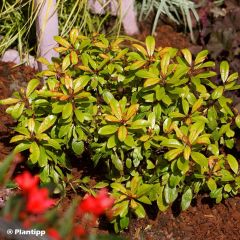
Escallonia Glowing Embers
- Flowering time July to September
- Height at maturity 1 m
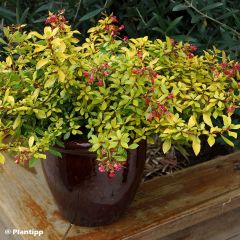
Escallonia Golden Carpet
- Flowering time July to November
- Height at maturity 50 cm
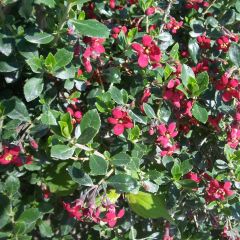
Escallonia Red Dream
- Flowering time July to September
- Height at maturity 85 cm
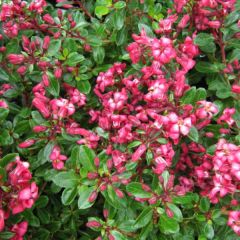
Escallonia Red Carpet
- Flowering time July to September
- Height at maturity 80 cm
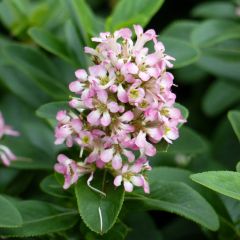
Escallonia laevis Pink Elle
- Flowering time August to October
- Height at maturity 80 cm
How to care for your Escallonia?
Watering
Escallonia prefers a cool, well-drained substrate but does not tolerate excess water well. When planted in the ground, escallonia can withstand temporary drought, but not when in a pot. Water as soon as the soil becomes dry. During hot weather, water generously 1 to 2 times a week. Also use a mulch at the base of your escallonia to prevent rapid evaporation of water and drying out of the soil. During winter, your escallonia will need watering without excess only if it is stored in cold regions or if there has been no rain for 2 to 3 weeks in warm areas. Use rainwater, which is less calcareous than tap water.
Repotting and fertiliser application
Escallonia is a low-maintenance bush and will need to be repotted every 2 to 3 years to refresh its substrate. In spring, provide it with an organic fertiliser in the form of ground horn, humus, or fertiliser for bushes. If your escallonia does not seem to be in great shape, make 2 applications per year: one at the end of winter and a second at the beginning of summer before flowering.
Pruning an Escallonia in a Pot
Pruning escallonia is done 1 to 2 times a year. The first pruning occurs at the end of winter, in February-March, and the second just after flowering in September. To achieve a compact escallonia, it is advisable to prune by 1/3 in the first few years to encourage densification.
→ Find our tips in our guide: How to Prune an Escallonia?
Wintering an Escallonia in a Pot
Escallonia is quite frost-sensitive, especially when in a pot.
In warm regions, simply mulch the base to protect it from the cold, and in case of light frosts, temporarily place a winter cover around the bush and its pot.
In other regions, place it in a cool, bright room, such as a conservatory or a cold greenhouse.
To go further
- Find our escallonia varieties
- Discover everything you need to know about escallonia: planting, pruning and care
- Subscribe!
- Contents
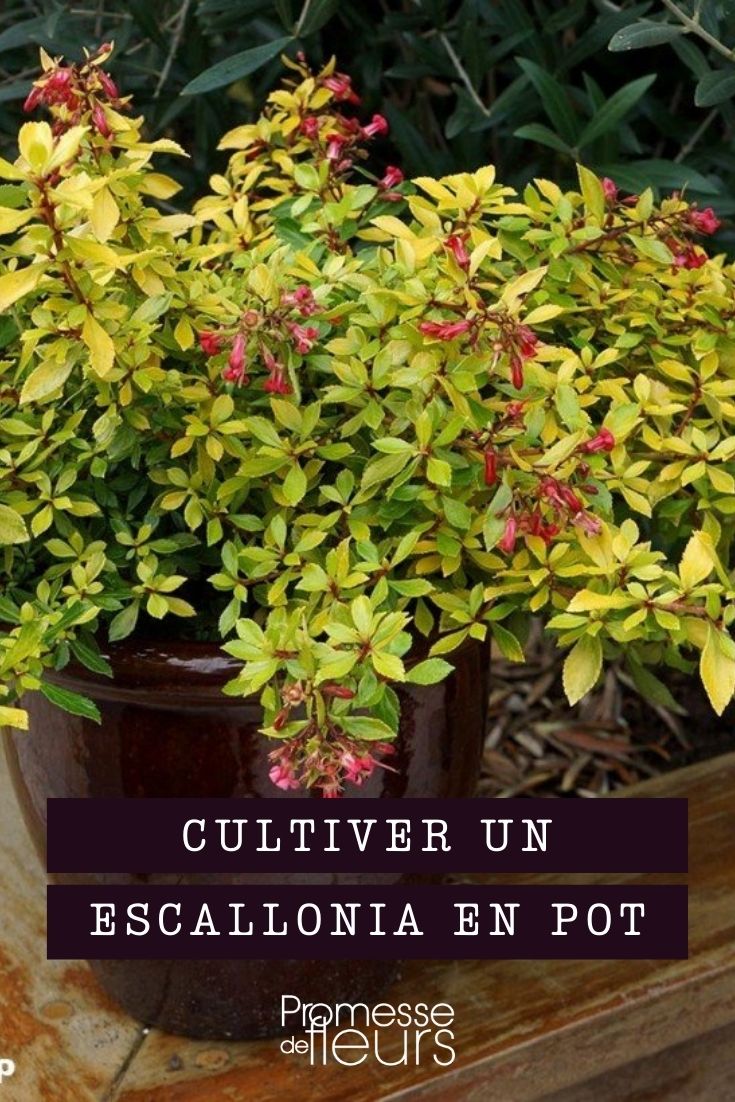
































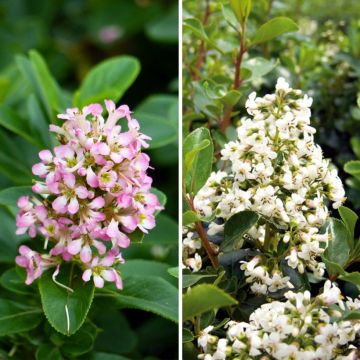
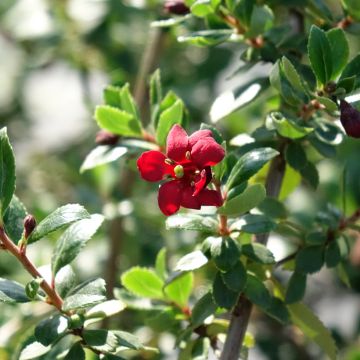
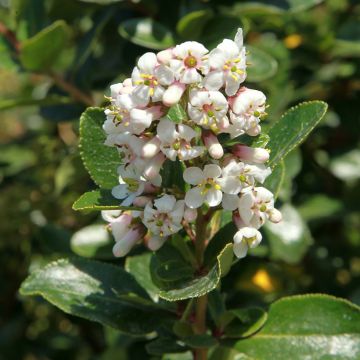
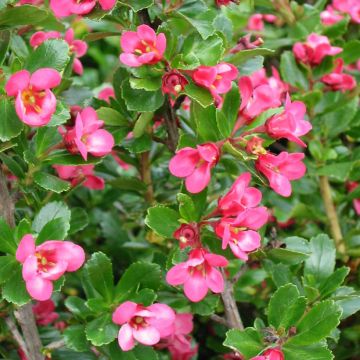
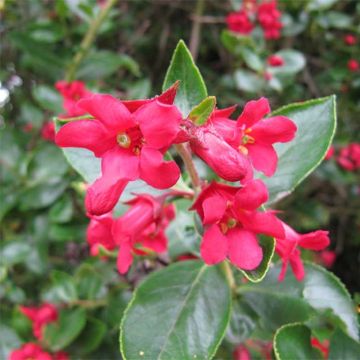

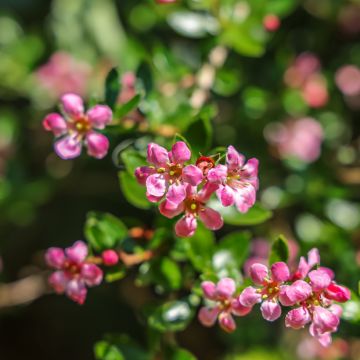
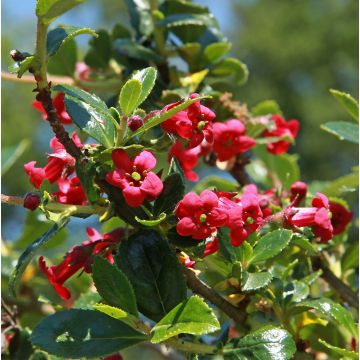
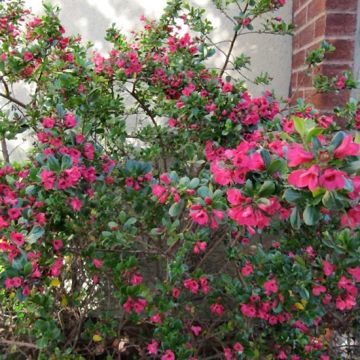

Comments